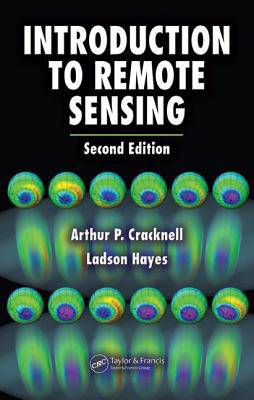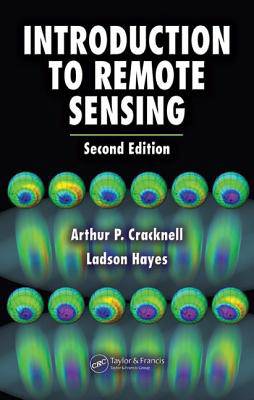
- Retrait gratuit dans votre magasin Club
- 7.000.000 titres dans notre catalogue
- Payer en toute sécurité
- Toujours un magasin près de chez vous
- Retrait gratuit dans votre magasin Club
- 7.000.000 titres dans notre catalogue
- Payer en toute sécurité
- Toujours un magasin près de chez vous
Description
Addressing the need for updated information in remote sensing, Introduction to Remote Sensing, Second Edition provides a full and authoritative introduction for scientists who need to know the scope, potential, and limitations in the field. The authors discuss the physical principles of common remote sensing systems and examine the processing, interpretation, and applications of data. This new edition features updated and expanded material, including greater coverage of applications from across earth, environmental, atmospheric, and oceanographic sciences. Illustrated with remotely sensed color images from satellites and aircraft, it also outlines data acquisition and analysis.
New to this edition:
- Details of satellite systems launched since the first edition
- Sections on airborne lidar for land surveys and airborne gamma ray spectroscopy
- A section on interferometric synthetic aperture radar
- Expanded discussions of filtering of images
- Updates to a number of recent applications, particularly some that make use of global datasets
Suitable for students and professionals with some background in the physical sciences, this book comprehensively surveys the basic principles behind remote sensing physics, techniques, and technology.
Spécifications
Parties prenantes
- Auteur(s) :
- Editeur:
Contenu
- Nombre de pages :
- 364
- Langue:
- Anglais
Caractéristiques
- EAN:
- 9780849392559
- Date de parution :
- 01-02-07
- Format:
- Livre relié
- Format numérique:
- Ongenaaid / garenloos gebonden
- Dimensions :
- 163 mm x 241 mm
- Poids :
- 648 g







